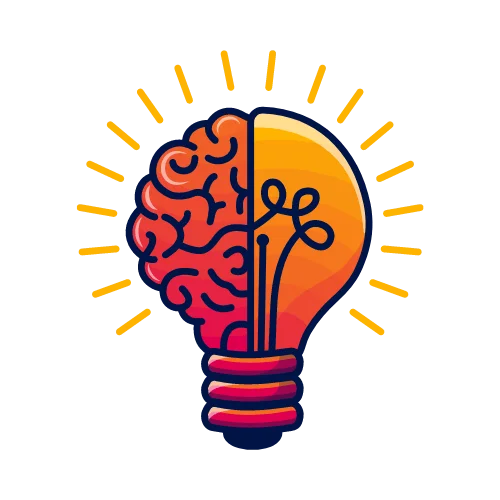Are we alive? Because we are made from atom and atoms are not the living things..
Are we alive? Because we are made from atom and atoms are not the living things..
Read lessSign up to our innovative Q&A platform to pose your queries, share your wisdom, and engage with a community of inquisitive minds.
Log in to our dynamic platform to ask insightful questions, provide valuable answers, and connect with a vibrant community of curious minds.
Forgot your password? No worries, we're here to help! Simply enter your email address, and we'll send you a link. Click the link, and you'll receive another email with a temporary password. Use that password to log in and set up your new one!
Please briefly explain why you feel this question should be reported.
Please briefly explain why you feel this answer should be reported.
Please briefly explain why you feel this user should be reported.

This is a profound and thought-provoking question! Here's an explanation: At a fundamental level, you're correct that atoms themselves are not "alive." Atoms are the building blocks of matter, composed of protons, neutrons, and electrons, and they follow the laws of physics and chemistry. However, lRead more
This is a profound and thought-provoking question! Here’s an explanation:
At a fundamental level, you’re correct that atoms themselves are not “alive.” Atoms are the building blocks of matter, composed of protons, neutrons, and electrons, and they follow the laws of physics and chemistry. However, life emerges from the complex organization and interactions of these atoms.
When atoms combine to form molecules, and molecules organize into cells—the basic unit of life—they create systems capable of processes like metabolism, growth, reproduction, and response to stimuli. This intricate arrangement of non-living atoms and molecules gives rise to the phenomenon we call “life.”
In essence:
Atoms are not alive individually.
Life is a property of complex systems that arise when these atoms are organized in highly specific ways, such as in living organisms.
So, while the components of our bodies are non-living, the sum of their organization and interactions results in the emergence of life. This is a key idea in biology, often referred to as “emergent properties” of life.
See less